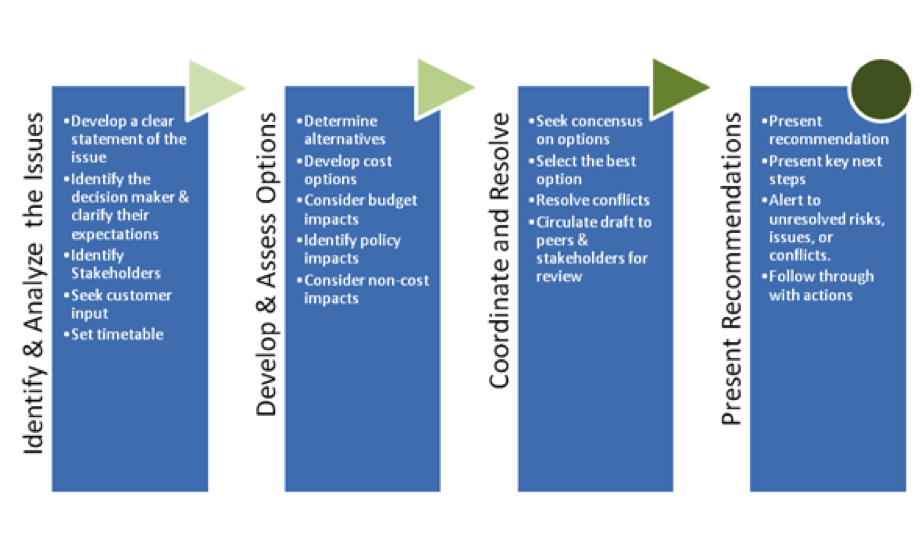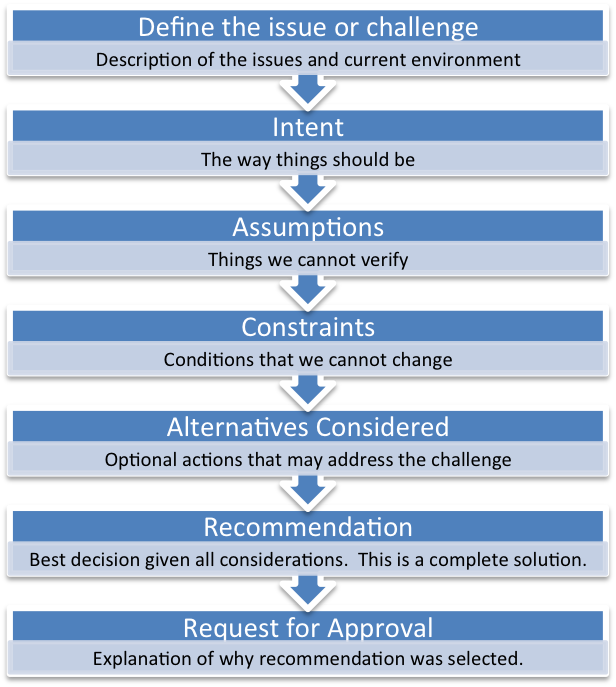Delivering capability “As A Service” has significant potential to impact the service sector but has minimal adoption outside of the Technology industry. We explore the relevant themes (minus the IT jargon) to see the broader impact of an “As a Service” model and discover how this focus enables a shift from doing work to delivering outcomes.
Way back in 2008, it seemed everyone in the tech sector was rushing to coin the next great cloud computing offering – Software As A Service (SaaS), Infrastructure As A Service (IaaS), Platform As A Service (PaaS), Everything As A Service (XaaS). As the term has evolved, something delivered “As a Service” has come to mean something very specific; different from just saying “We deliver X,Y, or Z services”. Delivering software services could mean any number of things related to the design, operations, and management of software but delivering “Software As A Service” describes a service model that has a distinct value proposition.
Introducing Lawn Care as a Service (LCAAS)
This relatively simple concept can make a significant impact on a customer, the service provider, and even the industry. Let’s use Lawn Care to illustrate the broader application of the “As a Service” concept. If a customer purchases “Lawn Care Services” in the traditional sense, he expects to negotiate with his service provider about how often the grass should be mowed. The service provider expects to meet her obligation by cutting according to the prescribed schedule. In this type of arrangement, if the lawn dies, the service provider has little, if any, ownership of the problem as long as she cuts the grass according to the schedule everyone agreed on. Likewise, other competitors in the market have trouble distinguishing themselves beyond price.
But there is a new entrant looking to disrupt the market and begins to offer “Lawn Care As a Service“; she resets her customers performance expectations and provides an entirely unique experience. Instead of discussing which day of the week to mow, she tells her customer he should expect to pull into his driveway every day and be greeted by a healthy lawn. In addition to cutting the the grass to an appropriate height, she also includes complementary services that contribute to maintaining a vibrant green color, minimizing the presence of weeds or the infestation of certain pests. These included services may include watering, fertilizing, bug control; they are turned on or off as needed in order to produce the outcome for the customer.
The customer pays for the outcome of the service (healthy grass and curb appeal) within specified performance parameters. As long as that outcome is met, he doesn’t need to think about how many people were onsite cutting the lawn, whether they used a weed whacker or a push mower, or whether the chemical formulation for the fertilizer was better suited to Spring or Summer. The parameters create mutually agreeable tolerances which both customer and provider are comfortable with. They may help reduce the customers’ risk or give the service provider some freedom to optimize her operations. In this example they may require the service provider to warrant that all people who visit his home are covered under her insurance policy and wear appropriate safety equipment or that the watering schedule will adhere to the county’s water conservation guidelines. And in exchange for this added peace of mind, the customer is willing to pay a premium.
An “As a Service” model provides a platform for service innovation
Oriented towards an “As a Service” model, providers can more accurately describe a portfolio of capabilities in terms of the problem it solves (utility), the terms & conditions of its performance (warranty), its costs, and its value. Services are thought of as modular and self-contained units of capability and have everything they need to produce a specified outcome and communicate with its peers in the value chain. These have significant impact to the business of services in the following ways:
Optimize the Business Model. As service providers think about delivering their capability “As a Service”, they recognize the core services needed for their business model to thrive. Likewise, they identify those services that could be potentially provided by a partner or specialist. They key in on overlapping capabilities, redundancies, and even logical gaps in how their service portfolio is being delivered today. Alternatives can be evaluated strategically in terms of how they impact the competitive position of the business in the market.
Fine Tuned Performance Control. Because of the way the services are segmented and described in the first place, service providers have an immediate understanding of the mechanics, the interactions, and the contribution to the bottom line of each service at the time of launch. Services assembled in this way provide agility and responsiveness that corresponds with changes in customer demand.
Business Insight. Services are defined in terms of both their value and cost structure, so business leaders have immediate understanding of the expected contribution to the organization’s bottom line. They can create an entirely new capability by linking services together in new and interesting ways and have an understanding of its expected financial performance.
Platform for Innovation. Finally, “As A Service” provides a tremendous new platform for differentiation and competitive advantage. As service offerings become more and more commoditized, understanding and designing services around a unique customer experience can be a source of pure innovation. The “As a Service” model forces providers to think in customer terms, design the services that best suit existing and prospective customers, and clearly communicate the customer outcomes fulfilled by the services.














